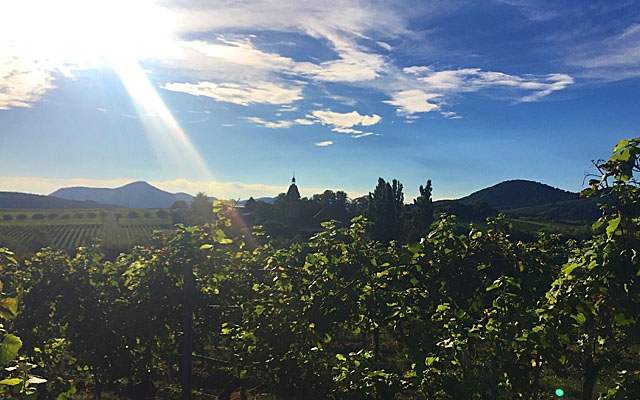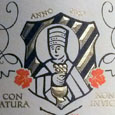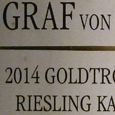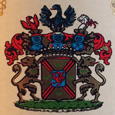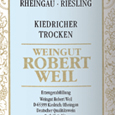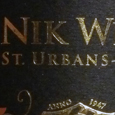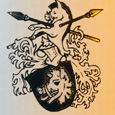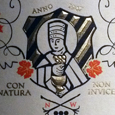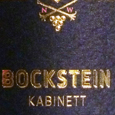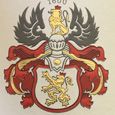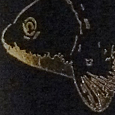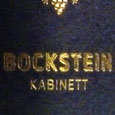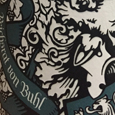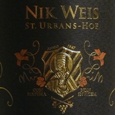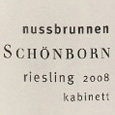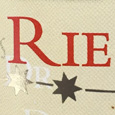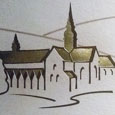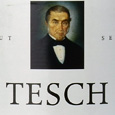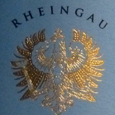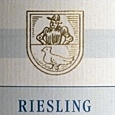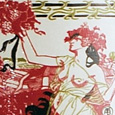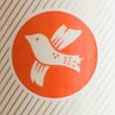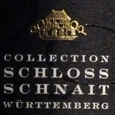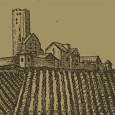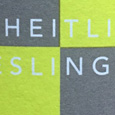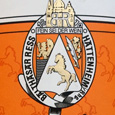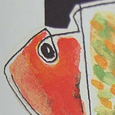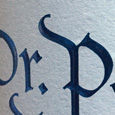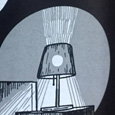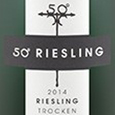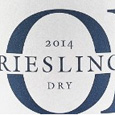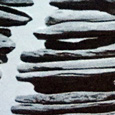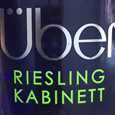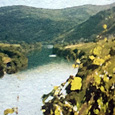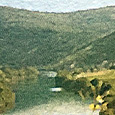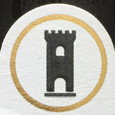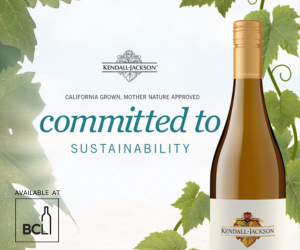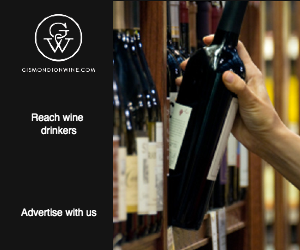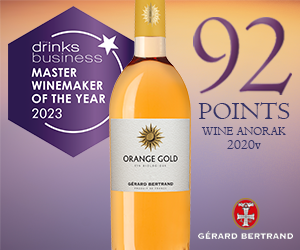There are a few long-lived misconceptions in the wine world that seem harder to eradicate than leaf-roll virus.
"All riesling is sweet", is one of these untruths. More than 90 percent of the wine consumed in Germany today is dry (trocken). Unfortunately, bulk exports of cheap, sweet German wines, many of them riesling or riesling blends, has left this saccharine memory on our palates. The ripeness / sweetness of German riesling contributes to that magical trifecta of residual sugar, racing acidity, and low alcohol, making these wines some of the most long-lived and exceptional in the world.
We went searching for dry (Trocken), and dry-ish (Kabinett), German rieslings found across Canada to show you how versatile, accessible, and food-friendly these wines can be.
FIRST – A GERMAN WINE PRIMER
Many people shy away from German wines because they have no idea what to expect. Confusing labels, wine laws, quality tiers, regions, and language have turned this category of juicy, racy, vibrant wines off-limits, or at least rendered them off-putting.
Here are some terms to know:
Weingut: a wine producing estate.
Weinkellerei: a winery
Winzergenossenschaft: a winegrowers' co-operative wine.
Gutsabfüllung: a grower/producer wine that is estate bottled.
Abfüller: a bottler or shipper.
The Oechsle scale: This scale measures the amount of grape sugar at harvest. It measures the specific gravity (density of grape juice) compared to a similar amount of water. The difference between them, grape sugar and solids, is measured in degrees öchsle. Every quality level of German wine has minimum öchsle requirements. This differs from other appellation models that are geography-focused (like the Italian DOC laws, or the French AOP laws. For example).
AMP number: Every German quality wine must undergo Government tasting panel approval before commercial release. After approval, each wine is assigned an 11-digit tracking number of sorts called an AMP number (amtliche prüfungsnummer). The numbers identify all the details of the wine: the bottler’s village, individual code, application number, and year of application.
Village-Vineyard wine names: Just like Burgundy, top German wines are labeled by both the village, and vineyard of their origin. For example, with the Mosel wine Bernkasteler Doctor, Bernkastel is the name of the village and Doctor the name of the vineyard. Germans usually add “er” to the name of the village the wine is from, just like we would say a Londoner is from London.
Einzellage: Single vineyard. Ein is the German word for “one”.
Grosslage: A group of vineyards in the same geographical area. These are often named after the top village in the group, leading to some vineyards with excellent reputations being grouped with some vineyards producing substantially more average wine
Bereich: A district made up of villages and vineyards. Can be confusing as a town can give its name to a Bereich, Grosslage or an Einzellage
Anbaugebiet: One of 13 classified wine regions, or appellations, such as the Mosel, Rheingau, etc.
QUALITY LEVELS
From lowest to highest quality
Tafelwein: Table wine. Bottled in Germany, with grapes from anywhere on the planet.
Deutscher Tafelwein: Table wine bottled in Germany from German grapes.
Landwein: Land wine. The equivalent of France’s Vin de Pays.
Qualitätswein: Quality wine. Qualitätswein bestimmter Anbaugebiete (QbA). Must be from one of the 13 Anbaugebiete, or classified appellations.
Prädikatswein: Quality wine “with attributes” (QmP). These wines are classified by the degree of ripeness at harvest, based on the öchsle scale mentioned above. Unlike the previous three quality tiers, Prädikatswein cannot be chaptalized. Many are also produced from single vineyards (bereich).
There are six prädikate, listed here in ascending order of ripeness (remember this is not residual sugar).
Kabinett: Delicate and off-dry in style; made from fruit harvested early in the season. Grapes must reach an Oechsle level of 67-85, the exact minimum varying according to the grape variety concerned and its geographical origin. Wines have a minimum potential alcohol of 8.6-11.4 percent.
Spätlese: Late-harvest. Slightly sweet in style. The minimum Oechsle level is 76-95, with a minimum potential alcohol of 10-13 percent.
Auslese: Medium-sweet in style. These are often botrytis-affected. Botrytis (noble rot) in German is Edelfaule. Contains a minimum Oechsle of 83-105, and minimum potential alcohol of 11.1-14.5 percent.
Beerenauslese: Singled-out grapes or berries. These BA’s are always made from botrytis-affected grapes. They must achieve an Oechsle level of 110-128, giving a minimum alcohol of 15.3-18.8 percent.
Eiswein: Germany’s equivalent of icewine. In Germany, these are made from grapes partially frozen on the vine. Eiswein must have the same must weight as Beerenauslese, but they lack any botrytis influence.
Trockenbeerenauslese: TBA’s are very rare wines, only made in exceptional vintages. Intensely concentrated, lusciously sweet, and incredibly complex, they are labor-intensive to produce and accordingly very expensive. Grapes have an Oechsle level of 150-154 and minimal potential alcohol of 21.5 percent.
OTHER LABELLING TERMS (because nothing is simple)
Trocken: Dry wine. These wines have less than 9 grams/liter of residual sugar.
Halbtrocken: Half-dry / off-dry wines, with 9-18 grams/liter of residual sugar.
Feinherb: Slightly sweeter than halbtrocken wines.
Classic: Wine from an Anbaugebiet, with a must weight 1 percent alcohol higher than minimum levels required for that grape and category.
Selection: Grapes must come from an Einzellage, and with classified Auslese level ripeness.
PEAK OF THEIR OWN PYRAMID
VDP: The VDP, or Verband Deutscher Prädikatsweingüter (Association of German Prädikat Wine Estates) is an association of Germany’s top producers committed to terroir-driven wines. Founded in 1910 with four estates, the VDP today has just 198 members, across all 13 classified regions. Considering that there are more than 30,000 registered growers in the country, it’s a select and highly coveted group to be in, making up only three percent of the total annual German production. The VDP is not part of official German wine laws, but rather an in-house statute of the Prädikat estates’ own regulations and classifications, very tight and controlled on everything from yields to grape varieties, and much more strident than wine laws for the rest of Germany’s wines.
VDP wines, recognizable by a stylized eagle bearing a cluster of grapes on the capsule, have a four-tier quality pyramid that began with the 2012 vintage, with classification levels binding only for member estates.
Grosse Gewächs (GG) are the top wines from the top tier, and the wines making up this annual tasting. GG wines are trocken (dry), with less than 9 g/l RS, and are packaged with a special bottle embossed with GG. This peak of the pyramid is Grosse Lage, sites that are the equivalent of Grand Cru, recognized for having exceptional terroir and growing traditional varieties best suited to site and region. Below that you have the Erste Lage, or Premier Cru sites, followed by Ortswein (superior, village-level wines) and Gutswein (regional wines from a VDP member’s estate wines).
VDP wines are prohibited from using a prädikat (such as Auslese), and the term trocken on their labels because they have their own classification for dry wines
Now that you have the basics of what to look for on the label for drinking dryish, here are more than three dozen wines to match, tasted within the past year at GOW.
(Earlier this year we published our Top 10 : Riesling from every part of the ripeness and sweetness spectrum.)

 quicksearch
quicksearch

